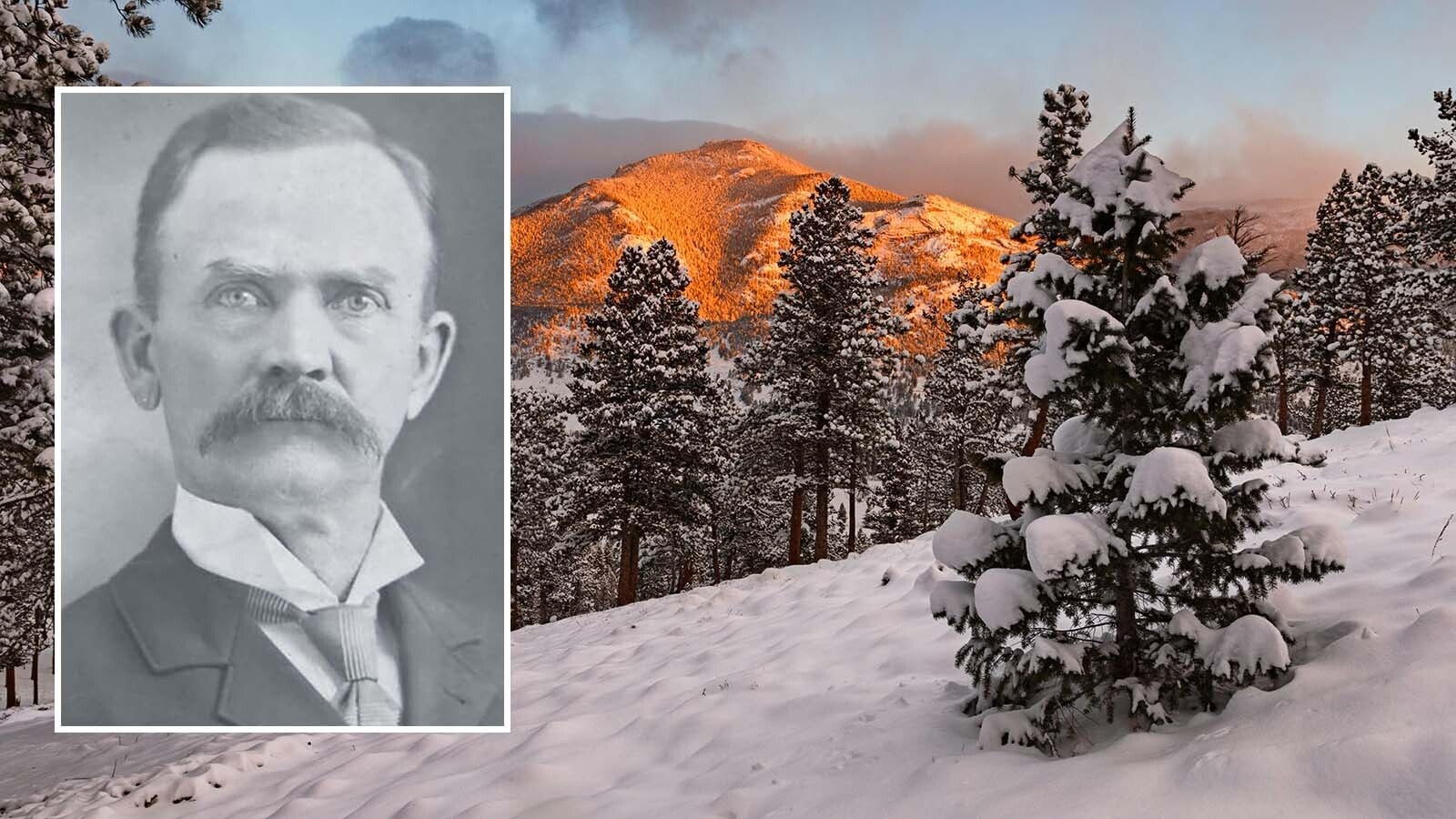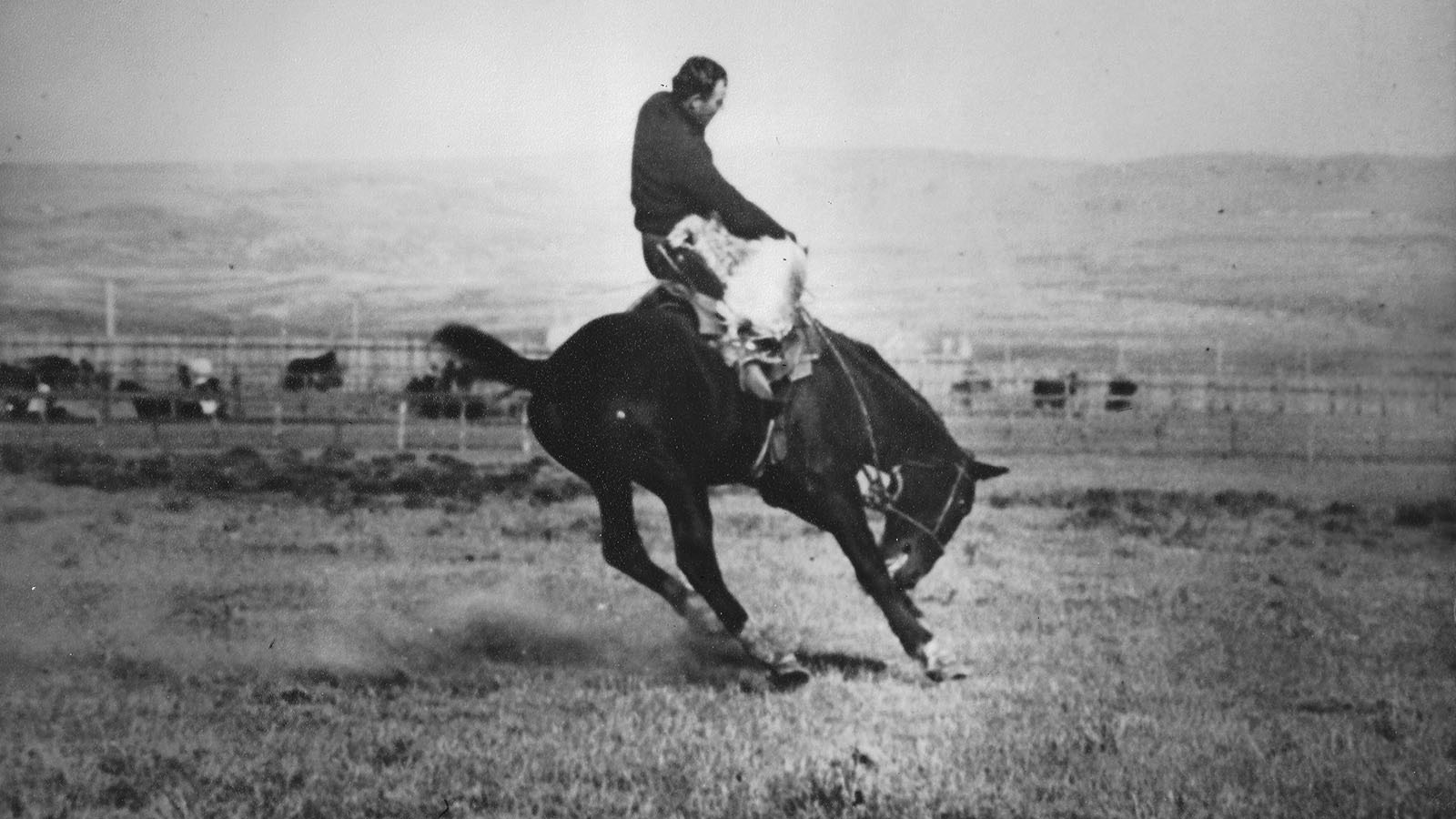Born in 1839 in New Rumley, Ohio, George Armstrong Custer attended Alfred Stubbins Young Men's Academy, graduated in 1855, taught at Beech Point School in Ohio, and in 1857 enrolled in West Point where he was graduated last in his class in 1861.
Also in 1861, Custer fought in the first Battle of Bull Run and began distinguishing himself as a talented officer eventually earning brevets as a brigadier general (1863) and a major general (1865). Following the Civil War, with the military rolls reduced significantly, Custer lost his brevetted wartime rank and again became a captain.
On February 9, 1864, Custer married Elizabeth “Libbie” Bacon, and she joined him on his frontier army assignments. The two wrote often when they were apart and Custer faced his most serious military reprimand – a court-martial – because of an unauthorized trip across Kansas to see Libbie.
Command Of The 7th Cavalry
The military unit that became synonymous with the name “Custer” is one he commanded when it was embroiled in some of the most controversial Indian battles of the 19th century. Custer, promoted to lieutenant colonel, was present at Fort Riley, Kansas, for the organization of the Seventh Cavalry in 1867 and he was with it when he and members of his unit died at the Little Bighorn eleven years later.
The place to begin following Custer’s military service in the West, is just west of Manhattan, Kansas at Fort Riley. Quarters 24, built in 1855, is now known as Custer House even though Custer and Libbie actually lived in Quarters 21A, located down the street.
Quarters 21A has been renovated so it has little resemblance to the structure the Custers occupied. Quarters 24, which remains virtually unchanged, is now part of the U.S. Cavalry Museum. That museum chronicles service of mounted soldiers from 1776 to the present, including Custer’s 7th Cavalry.
In March 1867, Custer rode from Fort Riley to Fort Larned, a post on the Santa Fe and Smoky Hill Trails that is now a National Historic Site. He was part of the Hancock Expedition sent to Western Kansas to effect peace with raiding Indian tribes.
Custer Had A Tent; His Men Had Hardack
As an officer, Custer had a tent, Sibley stove, and food ranging from ham and chicken to pickles and biscuits. The enlisted men traveling with the expedition made do with hardtack, a few cans of vegetables, some coffee, and sugar, according to Dr. Isaac Coates, the expedition’s medical officer.
After the council, Custer led portions of the 7th Cavalry on west to Fort Hays, now preserved as a Kansas State Historic Site. There troops shifted their mission from attempts to scare the Indians and instead began waging war on the tribes in western Kansas and southwestern Nebraska.
Eventually Libbie joined Custer at Fort Hays, living in a tent camp not far from the soldier bivouac. But when he went out on a scout and conditions became unstable at Hays, she retreated to Fort Riley.
During that summer of 1867, Custer earned bitter enmity from some of his troops after he ordered the shooting of deserters on Aug. 7, and later when he failed to provide protection for other men near Downer’s Station, a home station along the Butterfield Overland Despatch on the Smoky Hill Trail west of Fort Hays.
Love Leads To Court-Martial
When Custer abandoned his post at Fort Wallace in western Kansas for a trip to visit Libbie at Fort Riley, he faced a court-martial.
In proceedings at Fort Leavenworth, he was found guilty of being absent without leave from his command, engaging in improper conduct, and ordering deserters to be pursued and shot. Upon conviction, Custer was suspended from command and forfeited his pay for a year, but no criminal charges were preferred.
In the fall of 1868, two months before his suspension was to be completed, he was ordered by his mentor General Phil Sheridan to “come quick” in response to escalating Indian trouble on the western Plains.
Washita Attack
His most egregious action on the southern plains took place at Washita where on Nov. 27, 1868, he led the 7th US Cavalry on a surprise attack at dawn on a Cheyenne Village led by Black Kettle, who was known as a peace chief. This was the same Southern Cheyenne leader whose camp has been attacked by army troops in the Nov. 29, 1864, massacre at Sand Creek.
At the Washita battlefield, which is now a national historic site, the troopers with Custer killed many of the Cheyenne people including Black Kettle and one wife, Medicine Woman Later, as they attempted to cross the river and escape to other nearby Indian villages. Black Kettle’s other wife, Sioux Woman, also died in the attack.
After about two hours of fighting, the battle ended. Some 30 to 60 Cheyenne had been killed along with 20 cavalrymen.
As a result of that battle, Custer became a bitter enemy of the Cheyennes. He would develop equally hostile relations with the Lakotas when the 7th moved north.
Surveying The Black Hills
By 1873, after a period of service in Tennessee, Custer was serving in Dakota Territory – first at Fort Rice and later at Fort Abraham Lincoln, now a state park near present Mandan and Bismarck. On July 2, 1874, he led a surveying expedition of around 1,000 men, 110 wagons and hundreds of head of mules, horses, and cattle from Fort Lincoln into the Black Hills of western South Dakota and northeastern Wyoming.
Custer had orders to explore and locate a potential site for a fort in the Black Hills and to establish a route to Fort Laramie. On the side, and unofficially, Custer’s expedition was also tasked with determining whether there was truth to the rumors of gold in the Black Hills.
Custer’s party by late July had established a camp south of Harney Peak, near the present town of Custer, South Dakota. Some of the men climbed the peak, they mapped the area and then traveled west into present Wyoming where Custer climbed Inyan Kara Mountain, south of Sundance, and carved his name on the rocks giving the area below the name “floral valley.”
While in the Black Hills, Custer’s party learned of civilian miners who had found gold in the region. He returned to Fort Lincoln, but word about gold in the Black Hills quickly spread to Fort Laramie and the rush began, setting the stage for a final show-down with the Lakotas and their allies.
The Black Hills had been set aside for the tribes under the 1868 treaty negotiated at Fort Laramie, but almost immediately upon learning of the presence of gold, miners began encroaching. Soon the sheer numbers of invading whites made it impossible to retain the territory for the tribes as towns like Deadwood sprang up.
Having made enemies of the Southern Cheyennes at the Washita, Custer now had become persona non grata to the Northern Cheyennes and Lakotas, who considered the Black Hills, Bear Butte, and Bear’s Tipi or Mato Tipila (Devils Tower) sacred ground.
Although some Lakotas adhered to the 1868 treaty, and lived on the Great Sioux Reserve, others led by Crazy Horse and Sitting Bull continued roaming freely. They had conflicts with railroad construction workers building lines across the Dakotas and into Montana and had joined forces with Cheyennes and Arapahos by early June 1876 to set the stage for Custer’s last command.
Libbie’s Last Goodbye
As Libbie watched on May 17, 1876, the 7th Cavalry left Fort Abraham Lincoln, riding behind Custer to the strains of "The Girl I Left Behind Me" played by the 7th Cavalry Military Band.
This regiment was part of a three-prong plan orchestrated by General Alfred Terry. General John Gibbon was expected to move in from the west, with Terry and General George Crook advancing from the south.
The three military bodies would converge on the Indians, eventually forcing them onto reservations. But Custer’s ride to the Little Bighorn, which native tribesmen called the Greasy Grass, ended not in glory but in death.
On June 25, a superior force of Indians surrounded Custer and his immediate command after they became separated from other battalions.
The man Libbie had followed across Kansas and then to Dakota Territory, died at Little Bighorn along with 264 troopers including four members of his own family: brothers Captain Tom Custer and Boston Custer, brother-in-law Captain James Calhoun, and nephew Autie Reed. The sole survivor of his command was a horse named Comanche.
The Custer guidon had fallen.
Candy Moulton can be reached at Candy.L.Moulton@gmail.com





